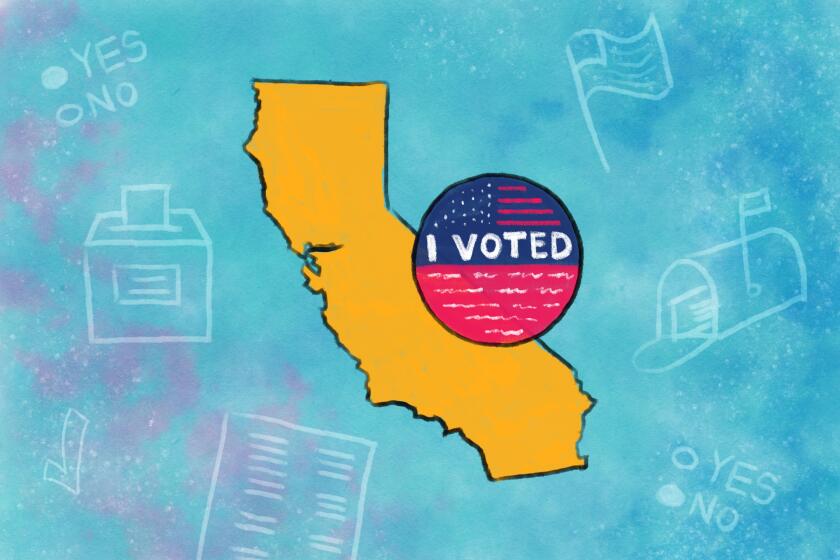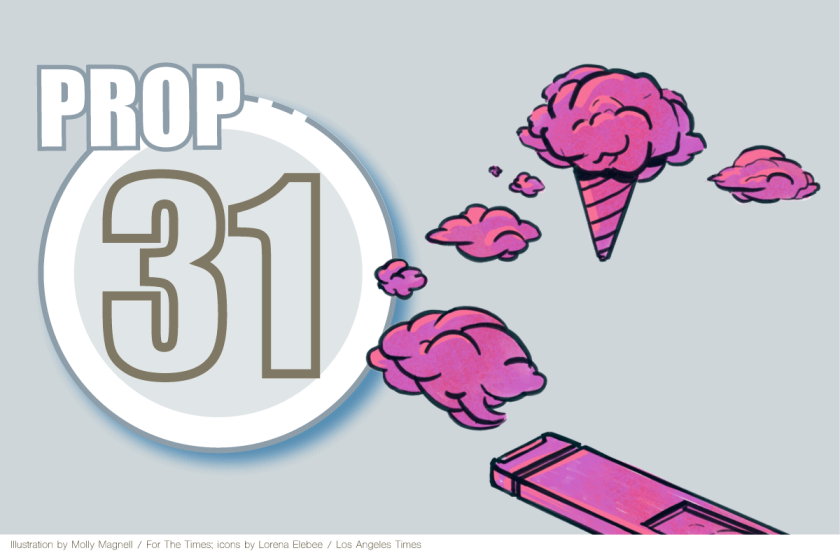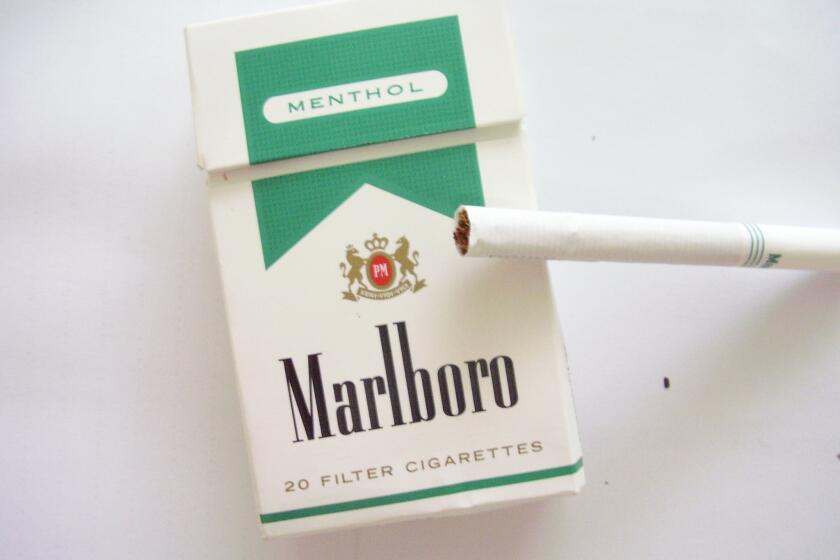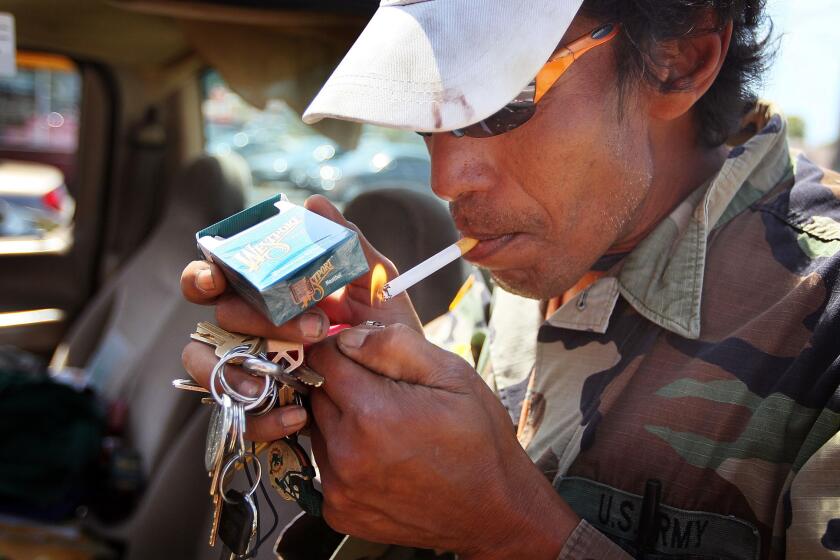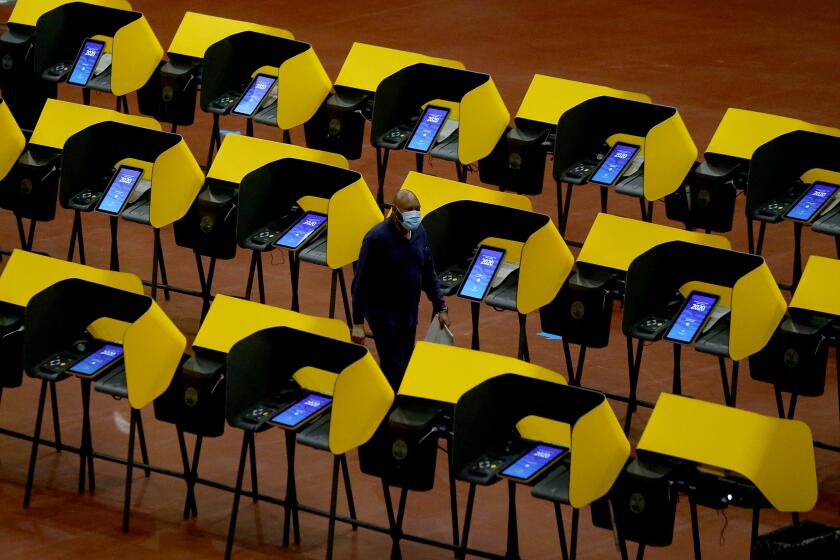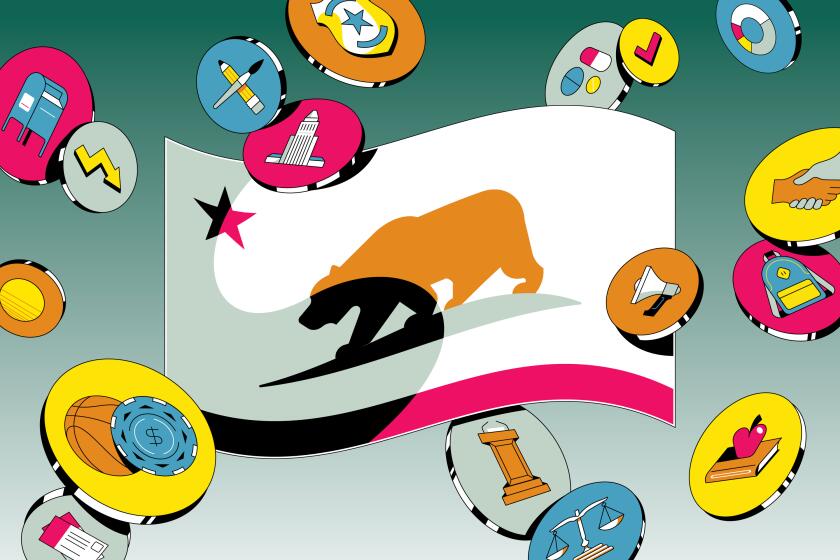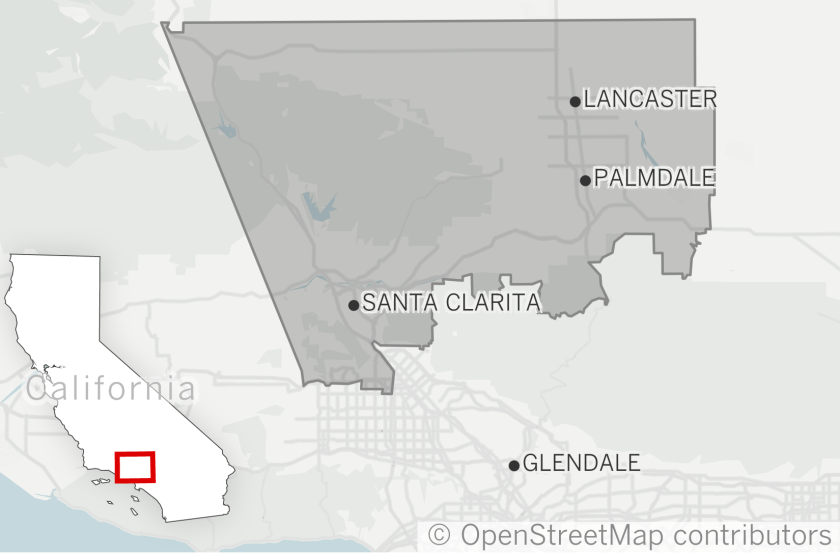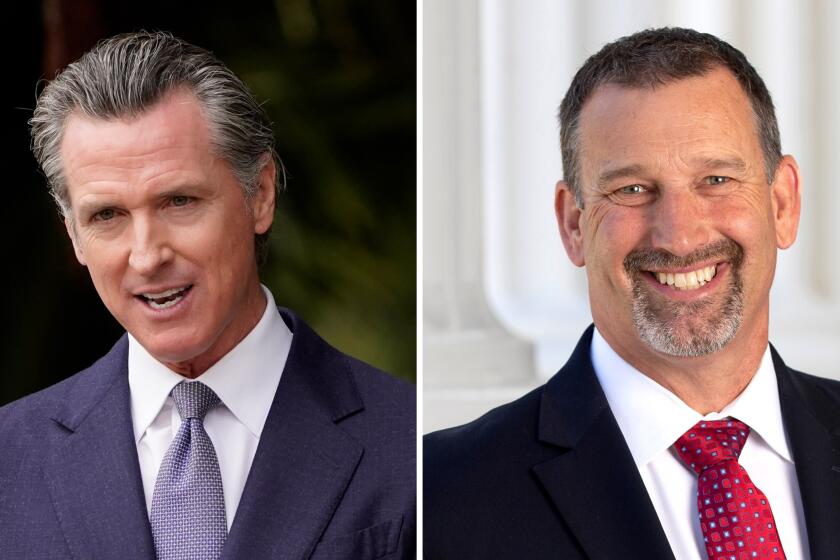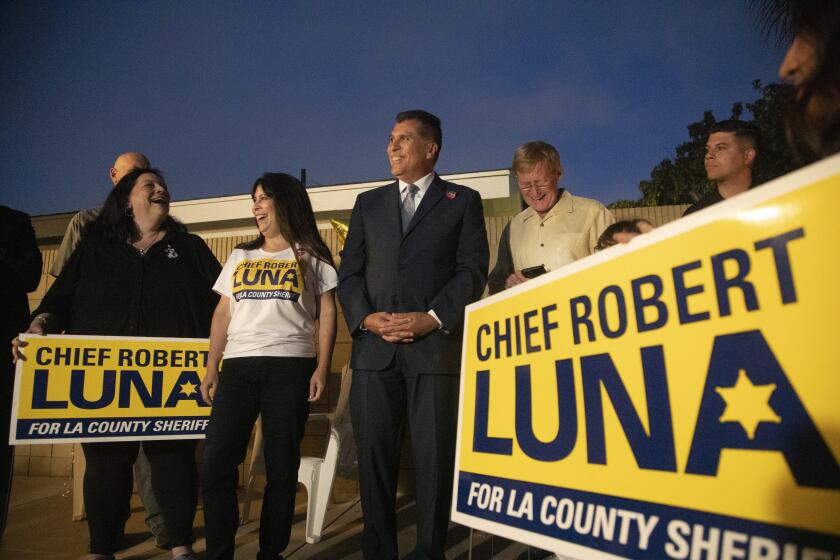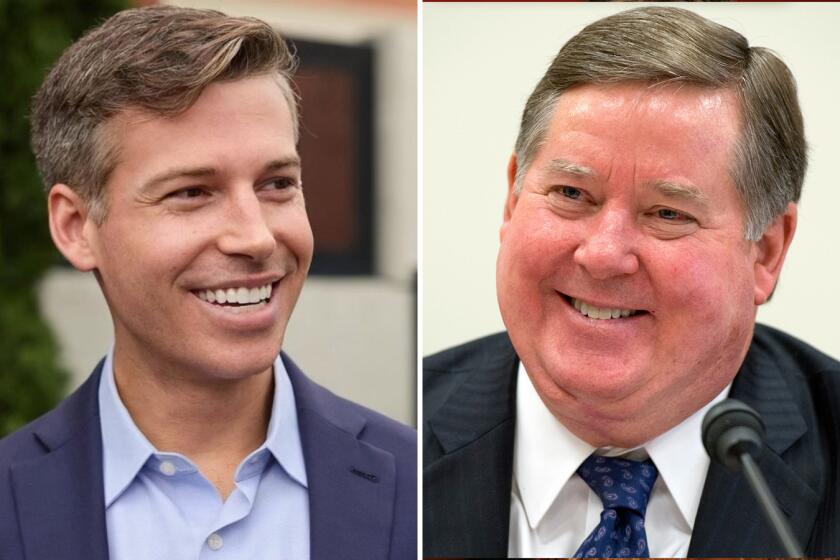Sign up for Essential California
The most important California stories and recommendations in your inbox every morning.
You may occasionally receive promotional content from the Los Angeles Times.
Phil Willon is an assistant editor based in the Sacramento bureau of the Los Angeles Times and guides coverage of California politics and assists with state capital coverage.
Hannah Wiley covers the Bay Area and North Coast for the Los Angeles Times. She previously worked with The Times’ Sacramento bureau as a state politics reporter, covering the Legislature and pivotal policy issues including homelessness and housing, mental health, addiction, gun control and the state judicial system. Before coming to The Times, she covered state politics for the Sacramento Bee. Wiley has a bachelor’s degree from St. Louis University and a master’s degree in journalism from Northwestern University. She is based in San Francisco.

